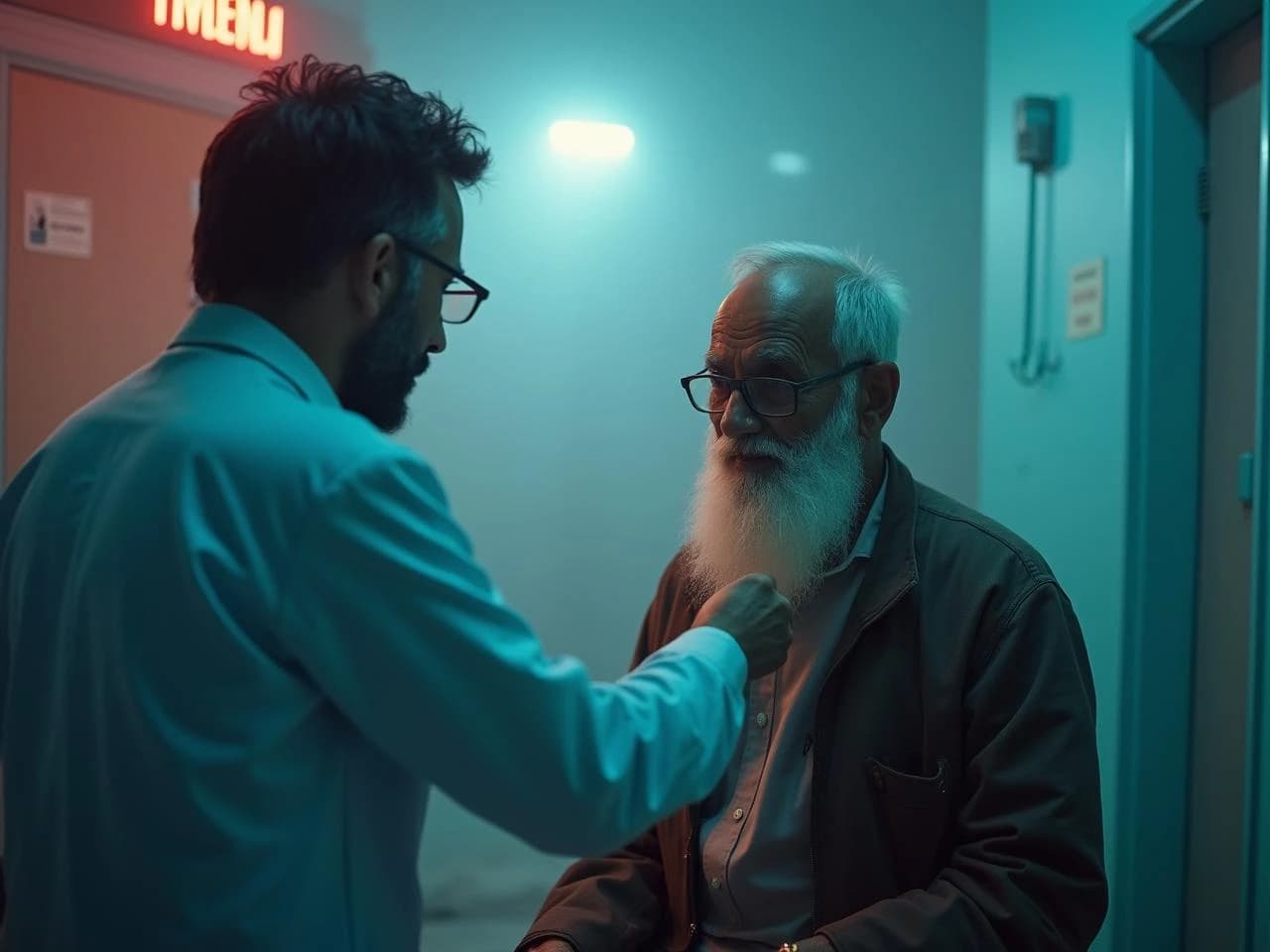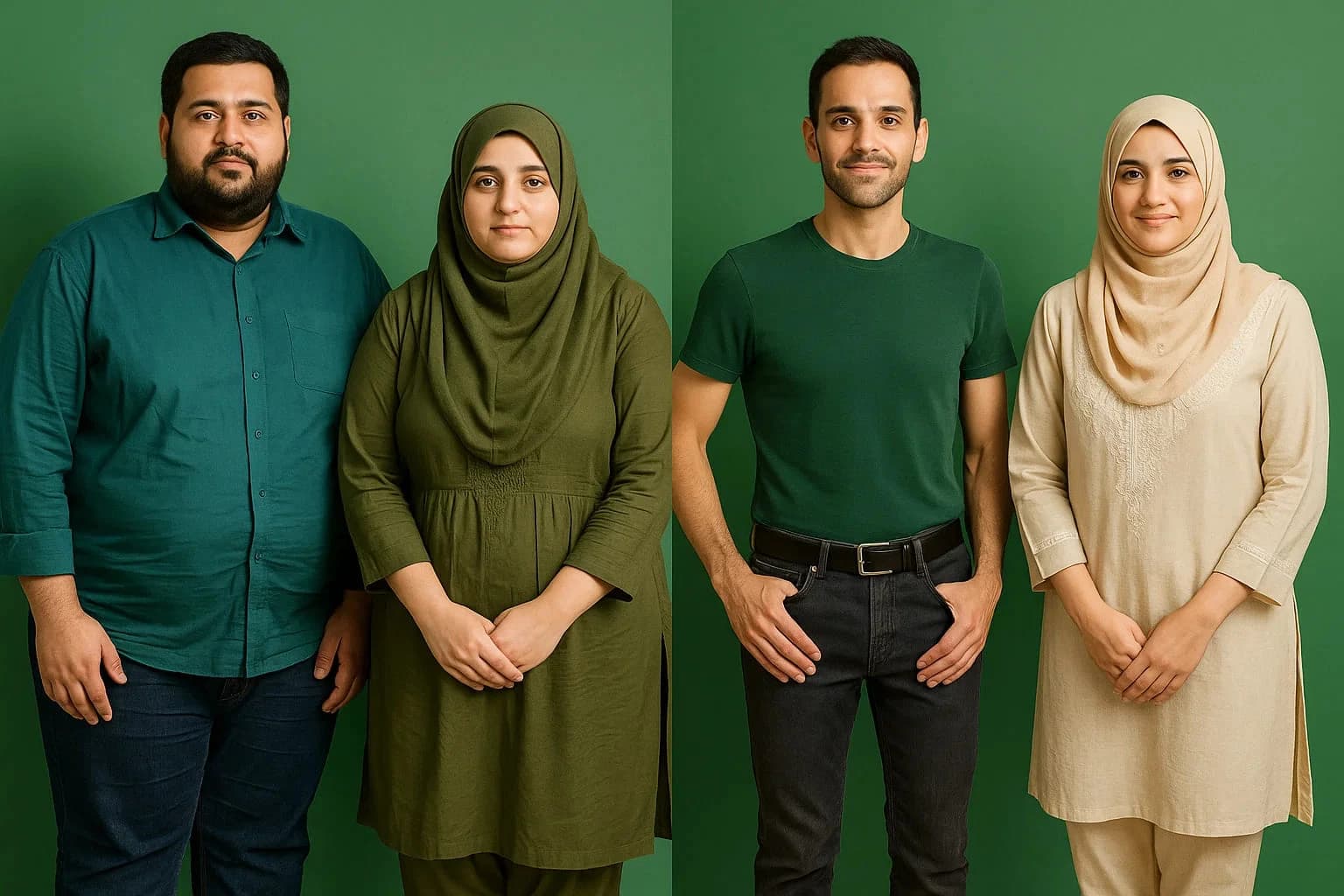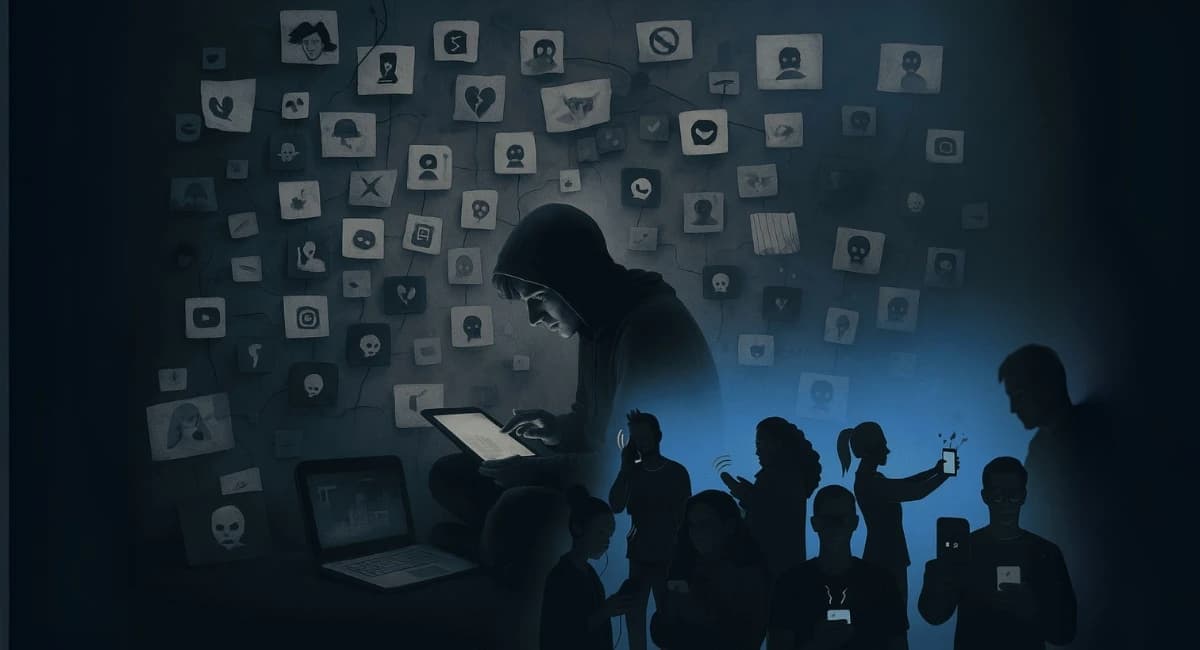© 2025 Roz UpdatesbyTETRA SEVEN

* All product/brand names, logos, and trademarks are property of their respective owners.
The COVID-19 pandemic profoundly disrupted healthcare systems around the world, and in Pakistan, it catalyzed a permanent shift in how patients think, behave, and engage with medical services. What began as a public health crisis quickly became a societal reset—reshaping not only the delivery of care but also the expectations and habits of millions of patients across the country.
Before 2020, healthcare in Pakistan was largely defined by in-person visits, reactive care, and a low emphasis on mental health or preventive services. But the urgency of COVID-19 forced a seismic shift in both healthcare infrastructure and patient mindset. Virtual consultations, once a novelty, became a lifeline. Hygiene practices were no longer optional but vital. And mental health, long relegated to the margins of public discourse, suddenly became a matter of national concern.
Patients adapted quickly. From tech-savvy youth booking video calls with doctors on telehealth platforms like Sehat Kahani to elderly individuals becoming more proactive about vaccinations and regular checkups, the transformation was widespread. Even health literacy improved, as people sought out information about symptoms, treatments, and protective measures—sometimes with mixed results due to the prevalence of misinformation.
This blog explores how the COVID-19 pandemic permanently changed patient behavior in Pakistan. We’ll examine the rise of telemedicine, the growing emphasis on prevention, the normalization of mental health conversations, and the evolution of digital health literacy. These are not temporary trends—they are lasting shifts that signal a new era of patient empowerment and engagement in Pakistan’s healthcare ecosystem.
When COVID-19 hit, Pakistan’s overburdened healthcare system had to pivot rapidly. With hospitals focused on treating COVID patients and physical visits curtailed by lockdowns and social distancing protocols, telemedicine emerged as a critical alternative. The government and private health startups responded swiftly, launching hotlines, e-consultation apps, and remote diagnosis services to keep essential care accessible. Telehealth services allowed patients to consult physicians without risking exposure to the virus, offering continuity for chronic conditions, maternal care, and even emergency triage.
Among the most notable success stories was Sehat Kahani, a female-led telehealth platform that connects patients—especially women in conservative or rural communities—with licensed female doctors. The platform scaled quickly during the pandemic, offering general and specialist consultations via mobile app and video call. Its digital health clinics bridged gaps in rural areas, and partnerships with the government and private employers helped expand its impact. Sehat Kahani’s user-friendly interface and culturally sensitive design made it an early leader in Pakistan’s telehealth revolution.
Patient response to telemedicine was overwhelmingly positive, particularly among urban, tech-enabled populations. Many appreciated the convenience, affordability, and privacy of online consultations. However, challenges remained. In rural areas, poor internet connectivity and low digital literacy limited access. Some patients were skeptical about the quality of virtual care or struggled to communicate symptoms clearly without in-person exams. Others missed the personal connection with healthcare providers. Nonetheless, the pandemic forced many to overcome these barriers, permanently shifting the public’s openness toward remote healthcare.
Prior to COVID-19, hygiene and disease prevention were not top priorities for the average Pakistani patient. However, the pandemic changed that dramatically. Hand sanitizers, face masks, and temperature checks became part of daily life. Government campaigns and media coverage emphasized the importance of handwashing, mask-wearing, and social distancing—habits that quickly became ingrained in public consciousness. Educational efforts through TV, social media, and SMS alerts reached wide audiences, raising awareness not just about COVID-19, but about general infection control.
Another notable shift was the increased emphasis on proactive health monitoring. The fear of asymptomatic transmission led many to seek testing even without symptoms—a rare behavior before the pandemic. As COVID-19 vaccination drives expanded, the public’s exposure to formal healthcare systems also increased, resulting in more people completing routine check-ups, screenings, and follow-up visits. Vaccination, once viewed with suspicion in many communities, gained broader acceptance as people witnessed its role in reopening schools, workplaces, and borders.
COVID-19 prompted patients to adopt a more preventive and informed approach to their health. People now inquire about symptoms earlier, are more likely to isolate when sick, and actively seek medical advice instead of relying solely on home remedies. This shift is evident in increased footfall at pharmacies for over-the-counter preventive products and higher engagement with health content online. The pandemic essentially re-trained the public in risk awareness, making individuals more conscious of their daily habits and more invested in long-term health.
The psychological toll of the COVID-19 pandemic was deep and far-reaching. Lockdowns, job losses, isolation, grief, and uncertainty triggered a surge in anxiety, depression, and stress-related disorders. In Pakistan, where mental health has long been marginalized, this crisis exposed the fragility of emotional well-being across all demographics. From students facing academic disruptions to parents juggling remote work and caregiving, the need for psychological support became impossible to ignore. Media coverage and community conversations began highlighting mental health issues more frequently, prompting a societal shift in perception.
As physical distancing limited in-person therapy sessions, tele-mental health platforms gained momentum. Startups and NGOs like Breathe, Taskeen, Rozan, and Umang expanded access to therapy through apps, hotlines, and video consultations. Platforms that previously catered to niche audiences became mainstream, offering affordable and private access to psychologists and counselors. Online workshops on stress management, mindfulness, and trauma recovery became popular, especially among youth and working professionals. These services filled a critical gap, allowing individuals in remote or conservative areas to access help discreetly.
Perhaps the most significant shift was the decline in stigma around mental health. More people began openly discussing their struggles on social media, in webinars, and in educational forums. Influencers, celebrities, and medical professionals shared their experiences with burnout and emotional fatigue, encouraging others to do the same. Schools, universities, and corporate offices started integrating mental wellness into their policies, offering resources and support systems to employees and students. The pandemic catalyzed a cultural change where seeking therapy is increasingly seen as a strength, not a weakness.
One of the most visible behavioral shifts during the pandemic was the surge in online health information seeking. From understanding COVID-19 symptoms to exploring treatment options, Pakistani patients increasingly turned to the internet as their first source of medical guidance. Google searches for health-related terms, views on YouTube health channels, and downloads of wellness apps spiked across the country. This trend extended beyond COVID-19, with people exploring information on nutrition, exercise, mental health, and chronic disease management—signaling a growing appetite for self-education and informed health decisions.
However, this information explosion came with a cost: misinformation and health myths spread rapidly, especially via WhatsApp, TikTok, and Facebook. False claims about vaccines, herbal remedies, and COVID conspiracies undermined public health messaging and created confusion. This challenge revealed the urgent need for media literacy and reliable digital health sources. Institutions like the Ministry of Health, WHO Pakistan, and verified medical professionals began issuing fact-checked updates, but the battle against viral misinformation remains ongoing and critical.
Social media wasn’t just a threat—it also became a valuable educational tool. Influencers, doctors, and wellness coaches used platforms like Instagram, YouTube, and Twitter to break down complex health topics in simple, relatable language. Mobile health apps such as Sehat Kahani, Marham, and Dawaai began offering not just consultations but also blogs, symptom checkers, and medication reminders. These platforms bridged the gap between patients and professional guidance, particularly for younger, tech-savvy demographics.
The COVID-19 pandemic was a moment of reckoning for healthcare systems worldwide—and in Pakistan, it permanently changed how patients interact with health services, access care, and perceive their own well-being. What began as a forced adaptation during lockdowns evolved into a long-term transformation of patient behavior, ushering in a new era of awareness, agency, and digital engagement.
However, this transformation brings responsibility. Healthcare providers, tech innovators, and policymakers must work together to sustain and build on these gains. Ensuring equitable access to digital health services, combating misinformation, and integrating mental health into primary care are crucial steps forward.
The post-COVID patient in Pakistan is more engaged, more curious, and more connected than ever before. The future of healthcare will depend on how well we support this shift—not just with tools, but with trust, education, and inclusive policies.

9 October 2025

23 September 2025
No comments yet. Be the first to comment!